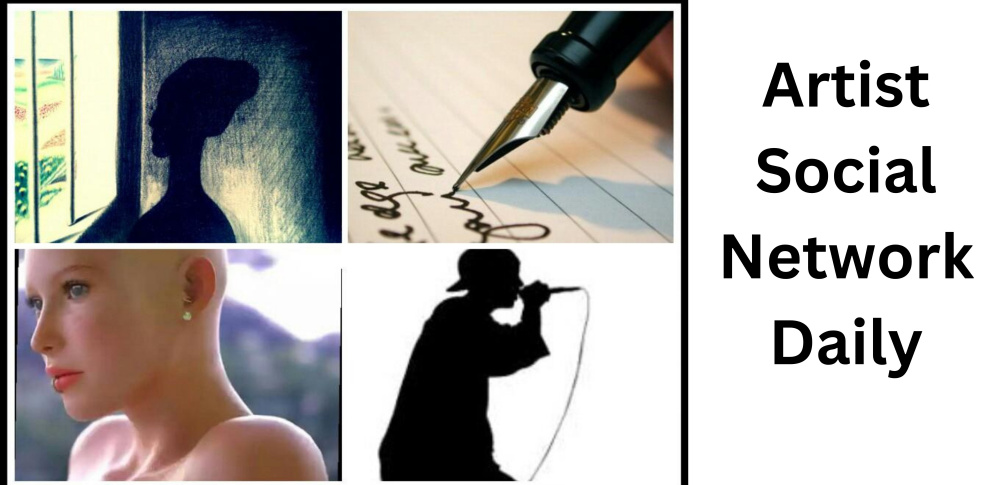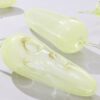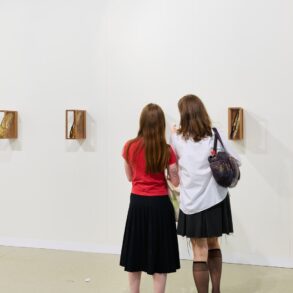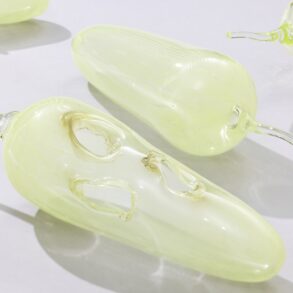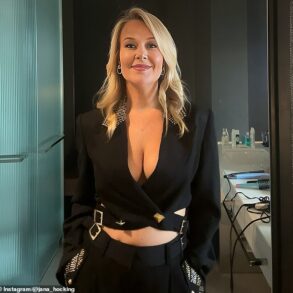WATFORD CITY, N.D. — I spent last week in the desert of Arizona, where all the northern cowboys go to play and ride horses and escape the deep freeze of winter.
For five days, Wickenburg turned into a mecca of Western culture. Well, cowgirl culture, specifically, as tents and arenas and food trucks popped up in the name of an event known as Art of the Cowgirl.
ADVERTISEMENT
I spent three days singing ranching songs on a dusty stage, performing for and talking with female authors and leatherworkers, silversmiths, songwriters, performers, business owners and seamstresses and watching as these beautiful horses walked by carrying their cowgirls on to their next competition.
On the line was the title of “World’s Greatest Cowgirl,” “All-Women’s Ranch Rodeo Champions,” “Breakaway Roping Champion” and “Team Roping Champion.” Forget barrel racing — these women had to be handy in herd work, reigning, steer stopping, sorting, doctoring and fence work. And hundreds of people came to watch them do it while the daddies in cowboy hats pushed strollers and filled sippy cups and warmed up the horses. It was a woman’s world out there in the desert, and it was something special to witness.
Contributed / Jessie Veeder
The thing about ranching is that in most cases, there’s always been room for women in the pen and arena because they are part of the operation and a significant part of the work being done. But often, they’ve been written out of the romantic story and visuals of cowboy and ranching culture. Think: a beautiful painting of a man in a cowboy hat riding off into a mountain silhouette sunset.
However, when I think of ranching, in my community in particular, some of the first faces that come to mind are faces of the women in my neighborhood, like Shirley Meyer, Joy Patten, Nancy Jellesed, my grandma Edie or Mildred Alton (who built every outbuilding on her own, plus a really cool swing set in the mid-1900s just down the road from our place).
I could go on, but I’ve proven my point. I see them in the work pen and the barnyard in Carhartts and muddy overshoes wielding the vaccination gun or the calf puller or driving the feed pickup and taking mental notes of every cow and broken wire on the place, knowing every cow-calf pair and what to keep an eye on with a roast in the Crock-Pot in the fall and a plan for lunch in the fields in the summer.
Contributed / Jessie Veeder
Back in Arizona, I watch these women wipe sweat from under their dusty felt hats in the heat of the desert sun. One stands up and puts her hands on her hips for a brief second to catch her breath after chasing a calf wide-open down the arena. One woman heads, one woman heals, and they stretch the animal out while another one hits the ground to move the rope from the animal’s head to tie the front legs, mimicking the task of doctoring on the open plains.
The crowd goes wild for it.
ADVERTISEMENT
She leaves the arena and throws her 5-year-old up on her hip. She’ll have that young kid riding around the arena grounds tomorrow, showing off the horse she broke for the sale that evening.
And it’s not like these women in this life that we lead are asking for a celebration or recognition. But after spending days watching those cowgirls work with and care for their horses and listening to them sing and talk about raising children and cattle and keeping the lights on in this industry, after admiring the details of their silver and leather work and being moved by the lines in their books, I find it’s hard to imagine anything more inspirational than having them gather in one place.
Contributed / Jessie Veeder
One woman passes by the stage horseback, her little dog perched up on the rump of her mount. A 7-year-old girl parades her paint pony around to the delight of everyone she passes. I see her by the coffee truck, and she’s attempting to stand up on the saddle. Her mom gives her a look, as if saying, “We’re not here to show off.” But oh, the child, she wanted to show off. And honestly, everyone wanted to see it …
In the giant sale tent that evening, the chairs are covered in white, the tables are set with pretty centerpieces, the auctioneers are dressed to the nines in matching gray felts and black suit coats. A crowd of close to maybe a thousand gathers.
I stand at the front of the ring and sing “Red River Valley” as they filter in for the main event. The energy is palpable. The announcer introduces the first lot, and a beautiful cowgirl spins her bay gelding around and backs him up. The time to show off is now. He’s sold for $80,000.
A 10-year-old cowgirl enters the ring in pink, trotting and stopping and spinning that pony before flinging her body off his rump. Then there’s three little cowgirls on one horse. Then one demonstrating the equine’s calm nature with a slicker. And then, the show of the night, Keily Riata Stewart of High River, Alberta, Canada, rides in on her exceptional gelding, Big Ben, and a bidding war ensues. Sold! For $200,000.
“I don’t know, I could be wrong here, but there’s something about these horses,” my dad remarked. “They just all seem to be better under the care of a woman.”
ADVERTISEMENT
And honestly, there wasn’t a soul under that big tent under the big Arizona sky who could possibly disagree that night.
READ MORE OF JESSIE’S COMING HOME COLUMNS
Greetings from the ranch in western North Dakota and thank you so much for reading. If you’re interested in more stories and reflections on rural living, its characters, heartbreaks, triumphs, absurdity and what it means to live, love and parent in the middle of nowhere, check out more of my Coming Home columns below. As always, I love to hear from you! Get in touch at jessieveeder@gmail.com.
This post was originally published on this site be sure to check out more of their content
